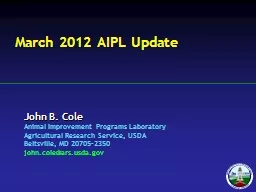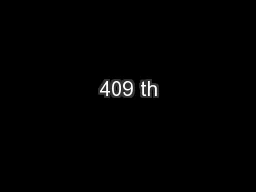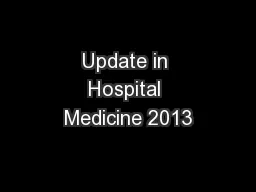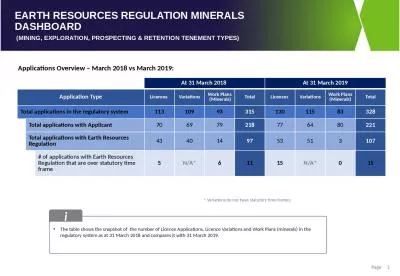PPT-March 2012 AIPL Update
Author : debby-jeon | Published Date : 2019-11-21
March 2012 AIPL Update Topics Genomics overview April 2012 changes Accounting for bias Selection index adjustments Cow adjustments Calving traits update Wholegenome
Presentation Embed Code
Download Presentation
Download Presentation The PPT/PDF document "March 2012 AIPL Update" is the property of its rightful owner. Permission is granted to download and print the materials on this website for personal, non-commercial use only, and to display it on your personal computer provided you do not modify the materials and that you retain all copyright notices contained in the materials. By downloading content from our website, you accept the terms of this agreement.
March 2012 AIPL Update: Transcript
Download Rules Of Document
"March 2012 AIPL Update"The content belongs to its owner. You may download and print it for personal use, without modification, and keep all copyright notices. By downloading, you agree to these terms.
Related Documents














